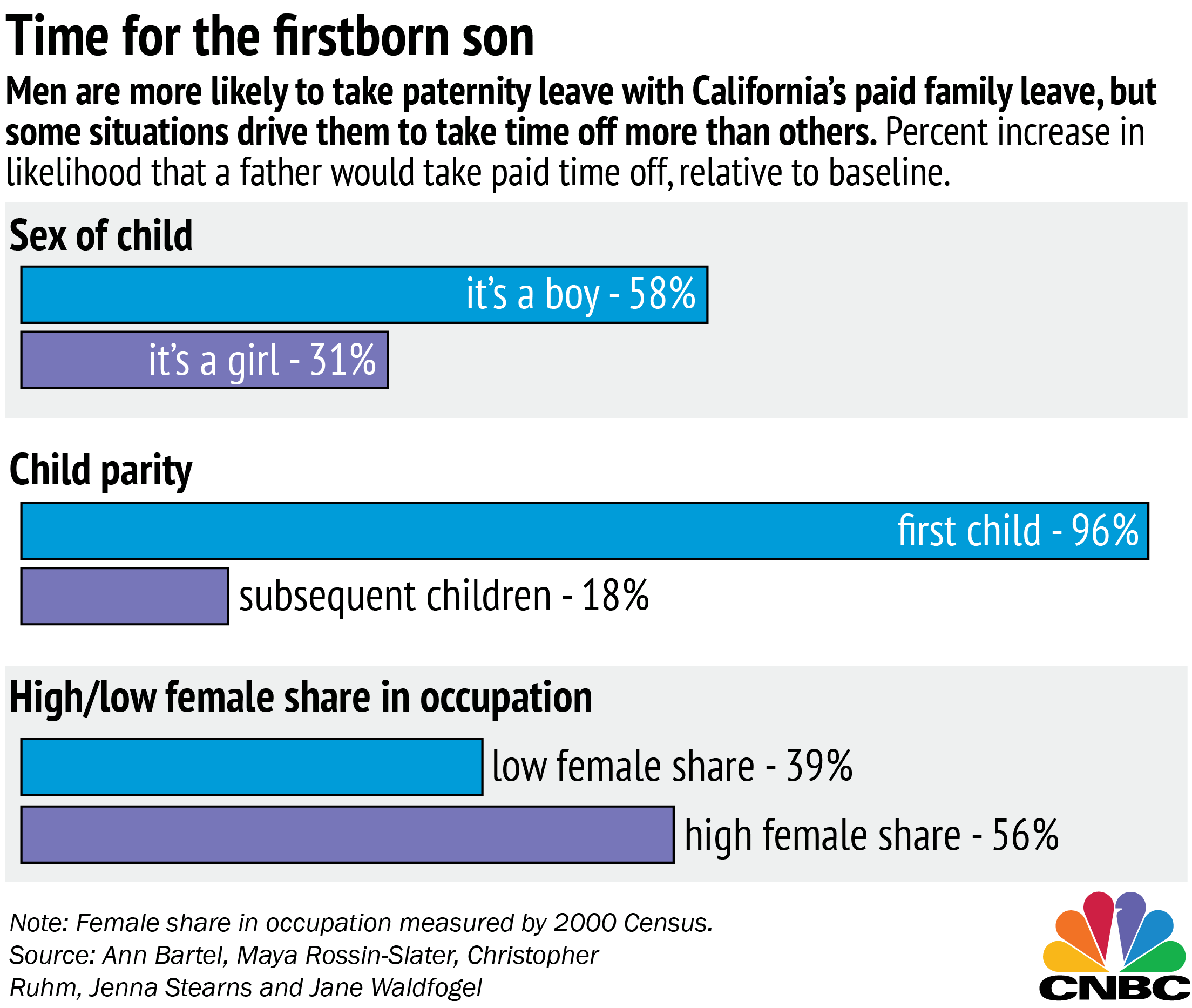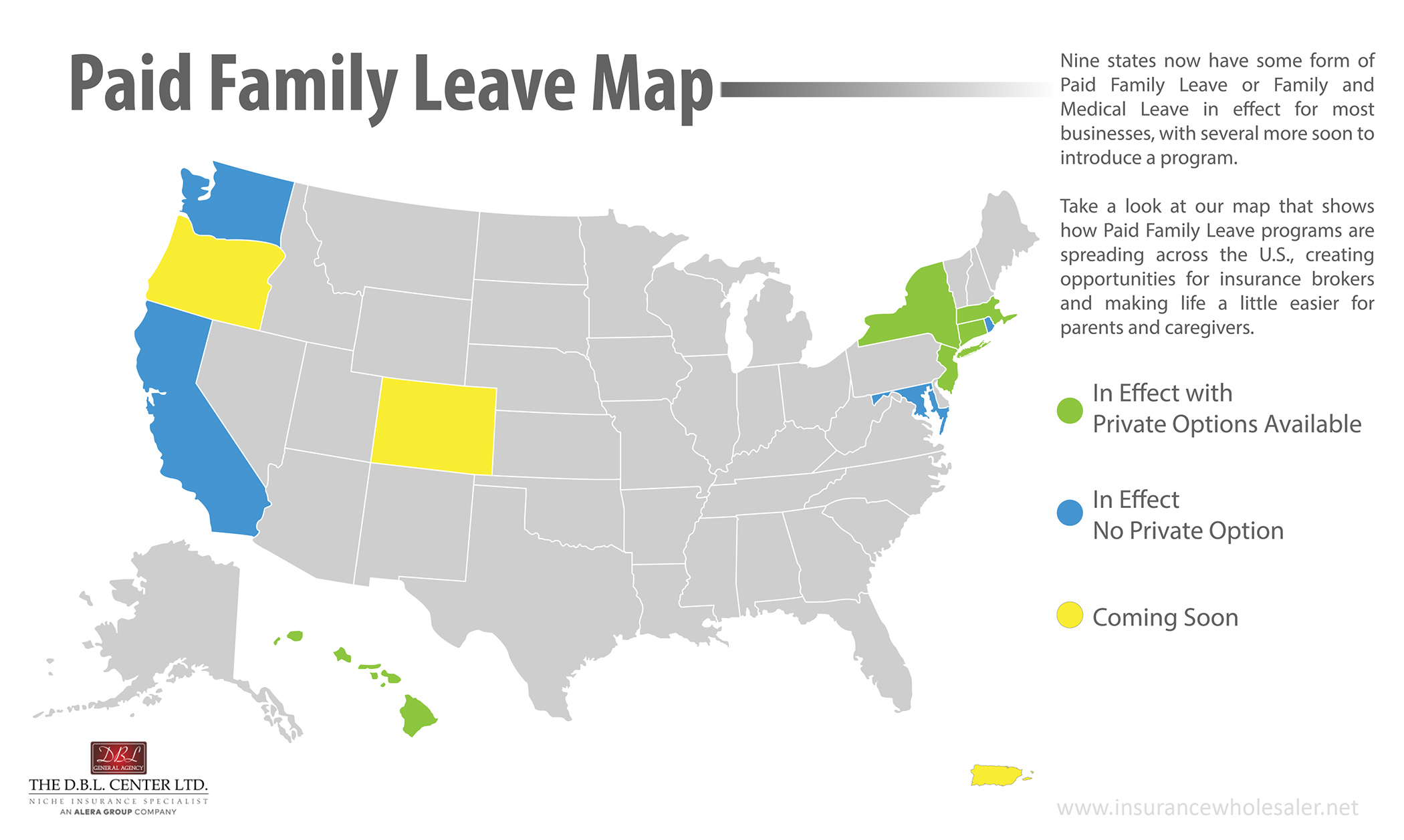California's Paid Family Leave (PFL) program is a groundbreaking initiative that provides financial support to workers who need time off to care for a seriously ill family member or bond with a new child. As one of the first programs of its kind in the United States, it has set a benchmark for other states to follow. Paid family leave california ensures that employees can prioritize their family responsibilities without the added stress of lost income. This program is part of the state's commitment to fostering a healthy work-life balance for its residents.
Whether you're a new parent, a caregiver, or someone planning for the future, understanding the intricacies of California's PFL program is essential. The program is funded through employee payroll deductions, making it accessible to nearly all workers in the state. With its generous benefits and flexible policies, paid family leave california empowers individuals to take the time they need to care for their loved ones while maintaining financial stability. This initiative not only strengthens family bonds but also contributes to a healthier and more productive workforce.
The state of California continues to refine and expand the PFL program to meet the evolving needs of its residents. Recent updates have increased the duration of leave and enhanced benefit amounts, ensuring that workers receive the support they require during critical life events. By prioritizing family well-being, California has positioned itself as a leader in progressive labor policies. Understanding how paid family leave california works can help you make informed decisions about your employment and family responsibilities.
Read also:The Real Indian Dad Face
Table of Contents
- What is Paid Family Leave California?
- How Does Paid Family Leave California Work?
- Who is Eligible for Paid Family Leave California?
- How Much Does Paid Family Leave California Pay?
- Can You Combine Paid Family Leave California with Other Benefits?
- What Are the Recent Changes to Paid Family Leave California?
- How to Apply for Paid Family Leave California?
- What Are the Benefits of Paid Family Leave California?
- How Does Paid Family Leave California Support Families?
- Frequently Asked Questions About Paid Family Leave California
What is Paid Family Leave California?
Paid Family Leave California is a state program that provides partial wage replacement to workers who take time off to care for a seriously ill family member or bond with a new child. Unlike other leave programs, PFL does not require employers to provide job protection, but employees can use it in conjunction with other leave benefits. The program is funded entirely by employee contributions through payroll deductions, making it accessible to nearly all workers in the state.
The program is part of California's Employment Development Department (EDD) and is designed to ease the financial burden of taking time off work. It ensures that employees can focus on their family responsibilities without worrying about lost income. Paid family leave california is available to both full-time and part-time workers, making it one of the most inclusive programs in the nation.
How Does Paid Family Leave California Work?
Paid Family Leave California operates through the state's disability insurance program. When an employee needs to take time off, they file a claim with the EDD, and if approved, they receive a percentage of their wages during their leave. The program covers up to eight weeks of leave, and benefits are calculated based on the employee's earnings in the previous 12 months.
Employees can use paid family leave california for bonding with a new child, caring for a seriously ill family member, or participating in qualifying military-related events. The program is designed to be flexible, allowing workers to take leave intermittently if needed. This flexibility ensures that employees can tailor their leave to fit their specific family needs.
Who is Eligible for Paid Family Leave California?
To qualify for paid family leave california, employees must have earned at least $300 in wages from which State Disability Insurance (SDI) deductions were withheld during their base period. The base period typically consists of the previous 12 months of employment. Eligibility is not dependent on the size of the employer, meaning both small and large businesses are covered under the program.
Employees do not need to have worked for a specific employer for a set amount of time to qualify. As long as they meet the earnings requirement and have SDI deductions, they are eligible to apply. Paid family leave california is available to all workers, regardless of immigration status, making it one of the most inclusive programs in the country.
Read also:Funny Actors
How Much Does Paid Family Leave California Pay?
The amount of benefits paid under paid family leave california varies depending on the employee's earnings. As of the latest updates, workers can receive between 60% and 70% of their weekly wages, with a maximum weekly benefit amount. The exact percentage depends on the employee's income level, with lower-income workers receiving a higher percentage of their wages.
This wage replacement ensures that employees can maintain financial stability while taking time off to care for their families. Paid family leave california is designed to be a safety net, allowing workers to focus on their family responsibilities without the added stress of financial hardship. The program's benefits are paid weekly, providing a consistent source of income during the leave period.
Can You Combine Paid Family Leave California with Other Benefits?
Yes, employees can combine paid family leave california with other benefits, such as California's State Disability Insurance (SDI) or employer-provided leave programs. For example, new parents can use SDI for pregnancy-related disabilities and then transition to PFL for bonding time. This combination allows for a more extended period of leave while still receiving financial support.
It's important to note that paid family leave california does not provide job protection on its own. However, employees may be eligible for job-protected leave under the federal Family and Medical Leave Act (FMLA) or the California Family Rights Act (CFRA). Combining these programs can provide both financial and job security during a leave period.
What Are the Recent Changes to Paid Family Leave California?
Recent updates to paid family leave california have expanded the program's benefits and duration. Starting in 2020, the program increased the maximum leave duration from six to eight weeks. Additionally, benefit amounts have been increased to ensure that workers receive more substantial financial support during their leave.
These changes reflect California's ongoing commitment to supporting families and improving work-life balance. Paid family leave california continues to evolve, with future updates expected to further enhance the program's accessibility and benefits. Staying informed about these changes can help employees maximize their benefits and plan for their family needs.
How to Apply for Paid Family Leave California?
Applying for paid family leave california is a straightforward process that begins with filing a claim with the EDD. Employees must submit their application within 41 days of starting their leave to avoid delays in benefit payments. The application requires documentation, such as proof of family relationship or medical certification, depending on the reason for the leave.
Once the claim is submitted, the EDD reviews the application and determines eligibility. If approved, benefits are paid weekly for the duration of the leave. Paid family leave california ensures that employees can access the financial support they need quickly and efficiently, allowing them to focus on their family responsibilities.
What Are the Benefits of Paid Family Leave California?
Paid family leave california offers numerous benefits to both employees and employers. For employees, the program provides financial stability during critical life events, such as the birth of a child or caring for a seriously ill family member. This support helps reduce stress and allows workers to prioritize their family responsibilities.
For employers, paid family leave california contributes to a healthier and more productive workforce. Employees who take time off to care for their families are more likely to return to work with renewed focus and energy. Additionally, the program enhances employee loyalty and satisfaction, making it a valuable tool for attracting and retaining talent.
How Does Paid Family Leave California Support Families?
Paid family leave california plays a crucial role in supporting families by providing financial assistance during times of need. Whether it's bonding with a new child or caring for a seriously ill family member, the program ensures that employees can take the time they need without worrying about lost income.
This support strengthens family bonds and contributes to a healthier society. Paid family leave california recognizes the importance of family well-being and provides the resources necessary to ensure that workers can balance their professional and personal responsibilities.
Frequently Asked Questions About Paid Family Leave California
Here are some common questions and answers about paid family leave california:
- Can I use paid family leave california if I work part-time? Yes, part-time workers are eligible as long as they meet the earnings requirement.
- Do I need to provide medical documentation for paid family leave california? Yes, medical certification is required if you're taking leave to care for a seriously ill family member.
- Is paid family leave california taxable? Yes, benefits are subject to federal income tax but not state income tax.
Understanding these details can help you navigate the program and make the most of its benefits.
In conclusion, paid family leave california is a vital program that supports families and strengthens the workforce. By providing financial assistance during critical life events, it ensures that employees can prioritize their family responsibilities without sacrificing their livelihoods. Whether you're a new parent, a caregiver, or someone planning for the future, understanding how this program works can help you make informed decisions and take full advantage of its benefits.

